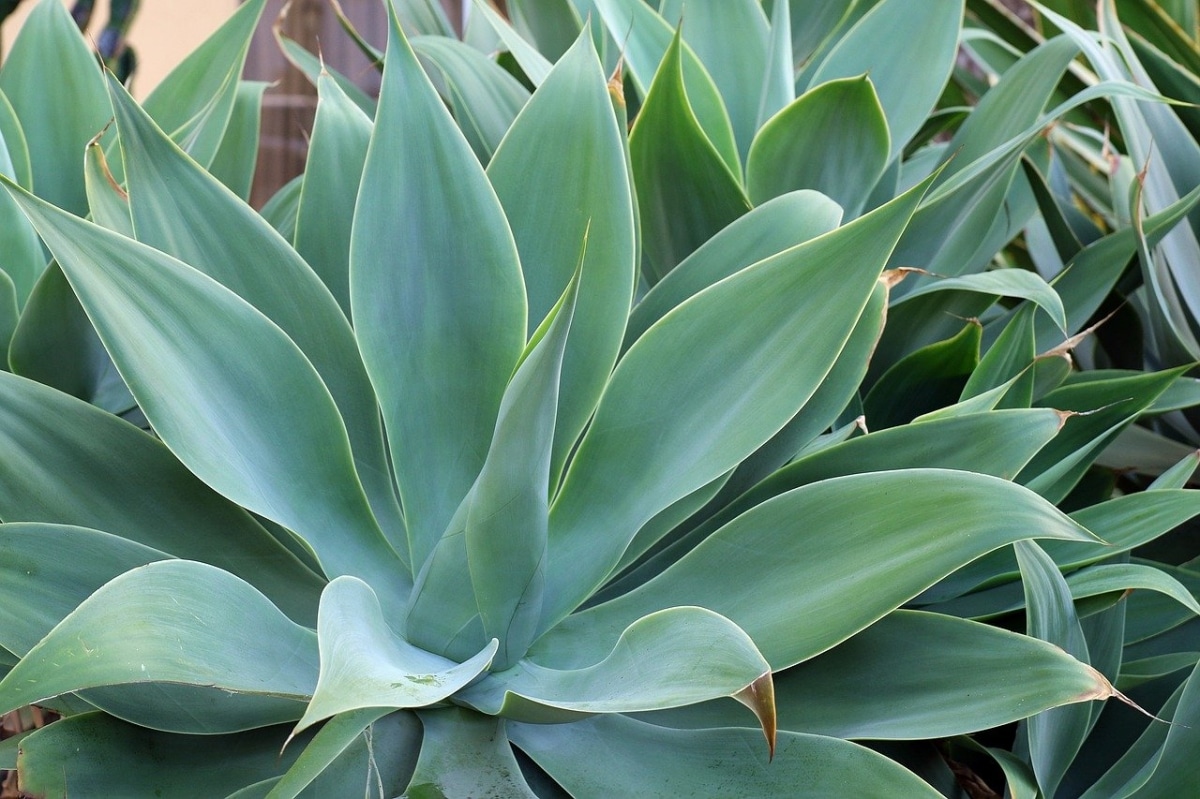
Agaves are very resistant plants, capable of living with little water. In addition, they grow fast and produce many suckers, so they can be easily propagated. The most interesting thing about all this is, however, that there are many species: some with light green leaves, others darker; many of them have a spiny tip, but there are others that are completely harmless.
If you want to know the most popular types of agave in gardens and / or patios, to Below we will show you which ones and how they are so that you can plant them in the most suitable place.
American agave (Whistle)
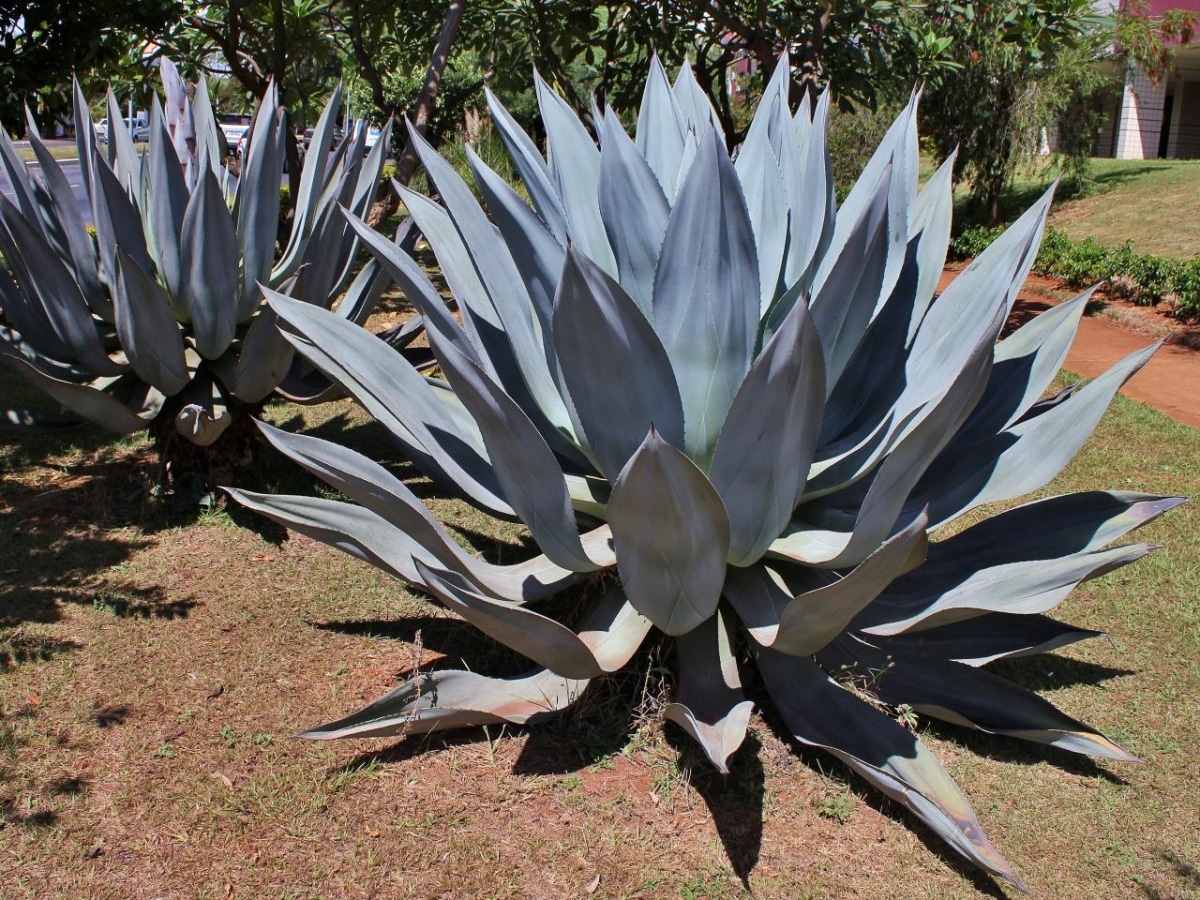
Image - Flickr / Mauricio Mercadante
El American agave or pita is a plant native to Mexico and the southern United States that has become naturalized in other parts of the world. In Spain it is doing so well that in fact it is considered an invasive species, its trade, possession and introduction into the natural environment being prohibited. It has green or variegated leaves, with spiny margins and a longer and stronger thorn at the tip of the same. It can measure a height of up to 1 meterBut when it blooms, something it only does once in its life, it produces a flower stem up to 3 feet tall.
Agave attenuata (Swan neck)
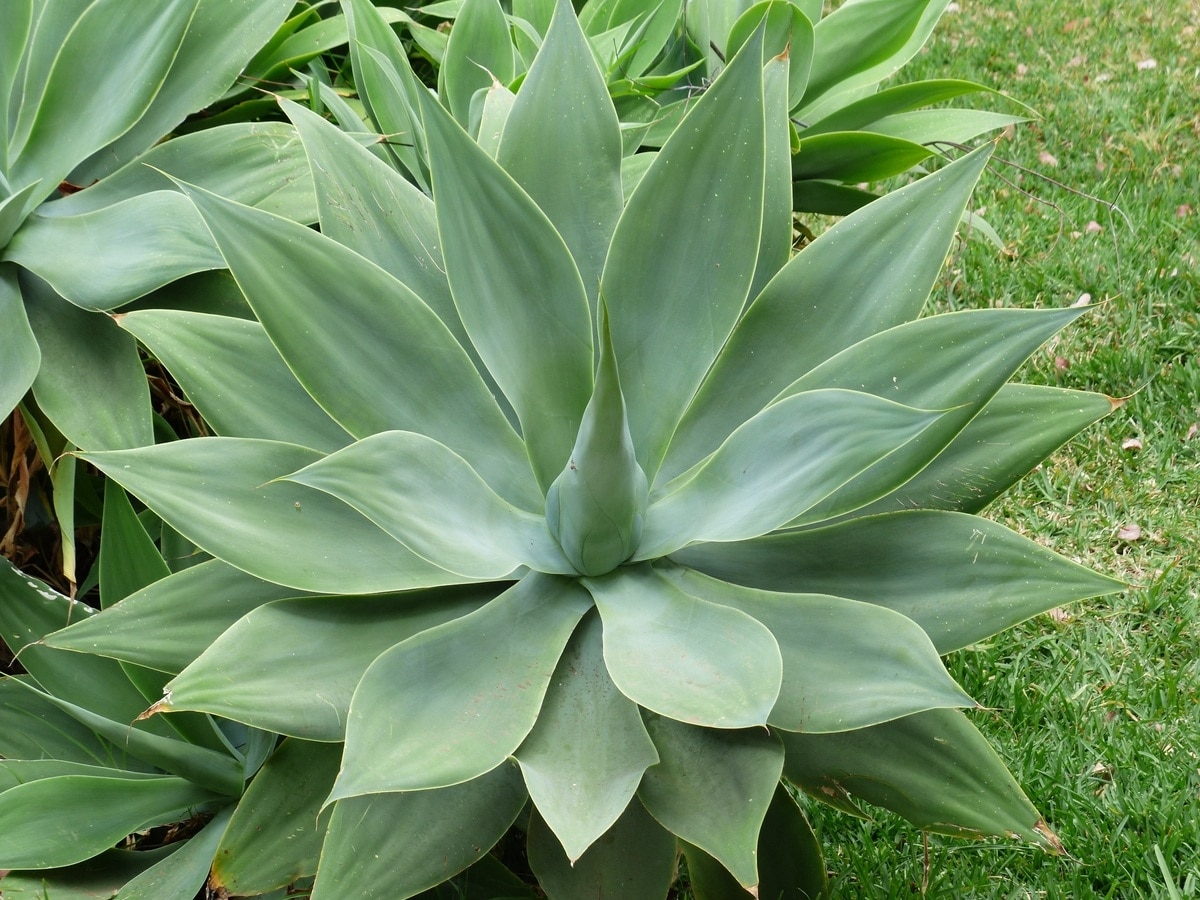
El Agave attenuata, known as swan neck or dragon agave, is a species native to central Mexico, which has bluish-green leaves and is between 50 and 150 centimeters tall. It is a type of agave that lacks thorns, so its cultivation is very interesting in gardens that are enjoyed by children and / or domestic animals. Like all agaves, after flowering it dies, but before it produces many shoots and seeds. Resists up to -3ºC.
agave filifera

Image – Flickr/Scott Zone
El agave filifera It is a native plant of the Sonoran Desert, in Mexico. Reaches 50 centimeters in height, and has green leaves with whitish lines. These have a blackish spine at the tip, and filaments that emerge from the margins. When blooming, it produces a flower stem up to 5 meters tall with many yellow flowers. It resists frosts down to -8ºC, being one of the types of agave that best supports the cold.
Agave geminiflora (is now Agave boscii)
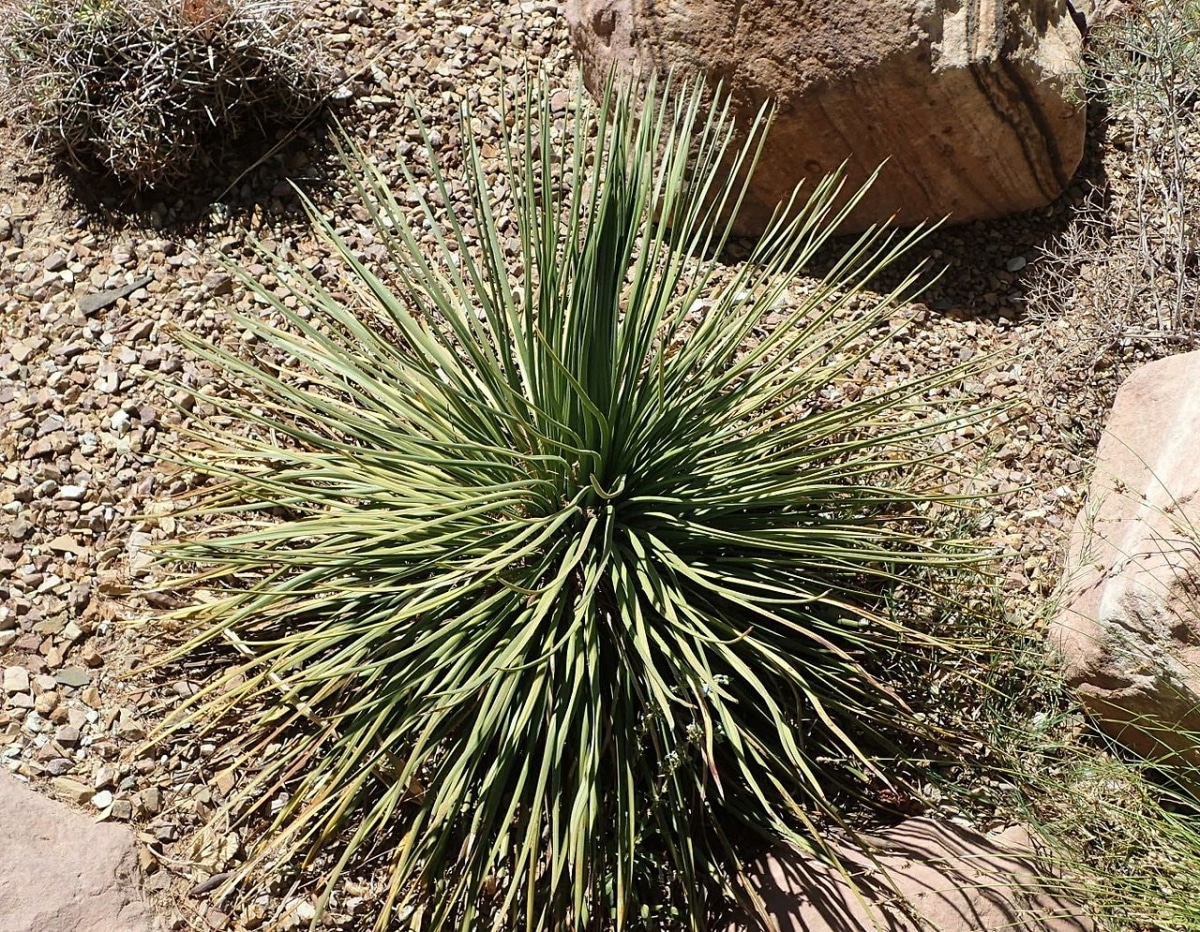
Image - Wikimedia / Krzysztof Ziarnek, Kenraiz
El Agave geminiflora It is a native plant of Baja California and Nayarit, in Mexico. It forms a rosette of dark green leaves that have white lines. Its height is about 40 centimeters, but when it blooms it produces a stem between 2 and 3 meters high from the end of which many yellow flowers sprout. Withstands frosts down to -3,8ºC.
Agave parryi
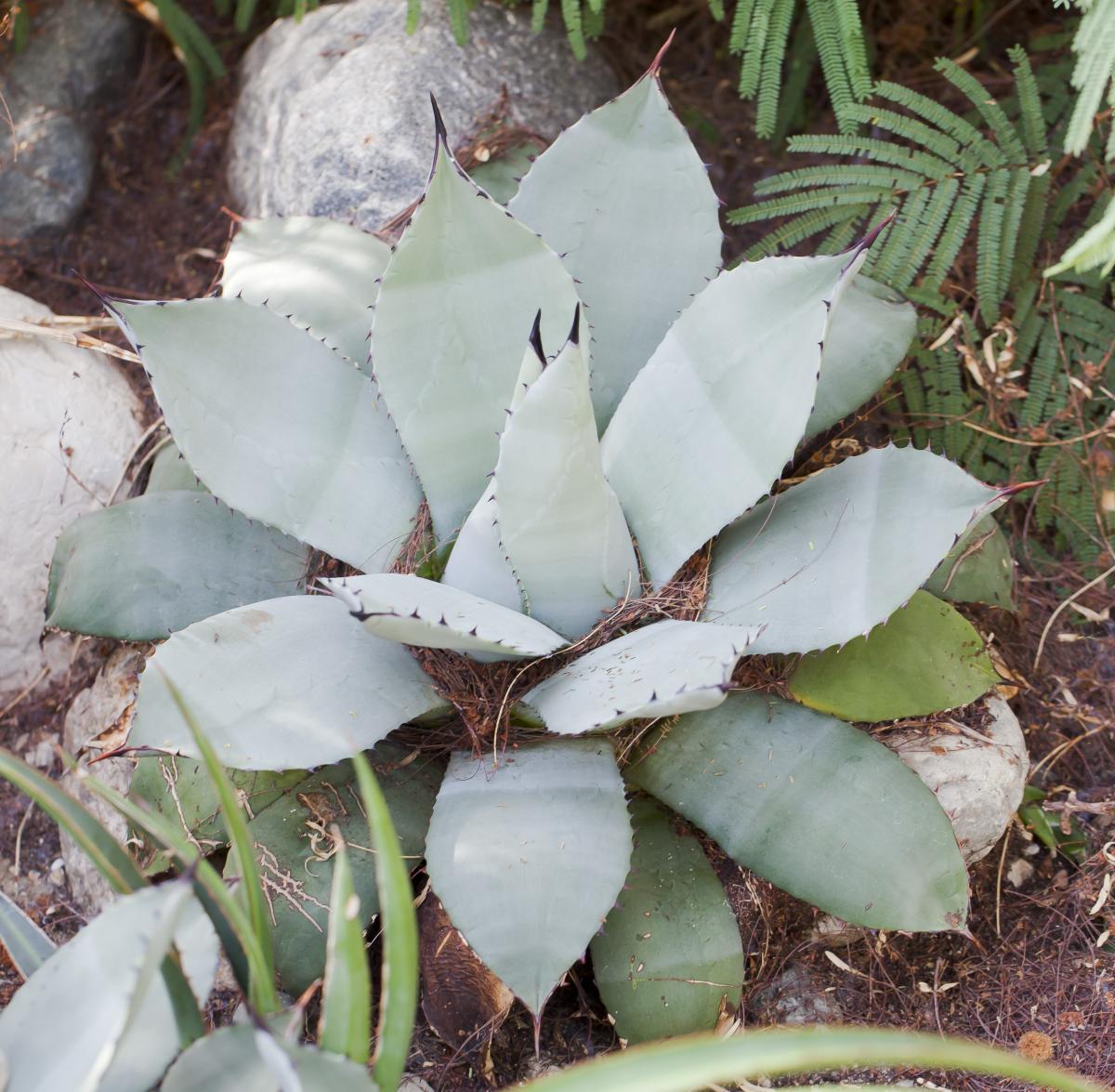
Image - Wikimedia / Diego Delso
El Agave parryi It grows wild in the United States and northern Mexico. It has whitish-green leaves with margins protected by black spines. It grows until it reaches approximately 50 centimeters, and when it is about to flower it produces a flower rod up to 3 meters high. Withstands frosts up to -15ºC without problems.
Agave potatorum
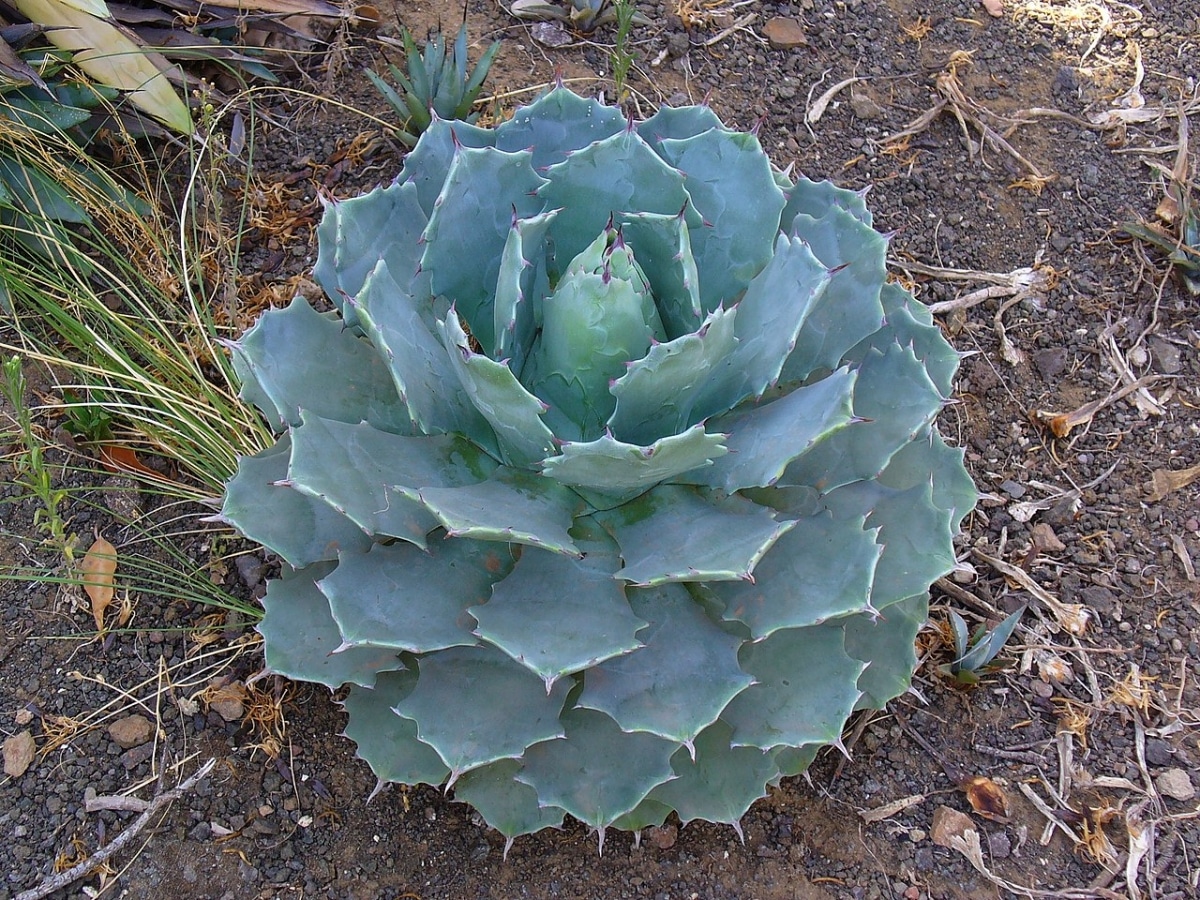
Image - Wikimedia / H. Zell
El Agave potatorum It is a native plant from Puebla to the south of Oaxaca, in Mexico. It grows forming a base rosette with numerous spatulate leaves, green in color and with blackish spines both on the margins and on the tip. Reaches a height of about 50 centimeters, but its flower stalk can be up to 5 meters long. It supports frost very well; in fact, it holds up to -10ºC.
Salmiana agave (Mountain maguey)
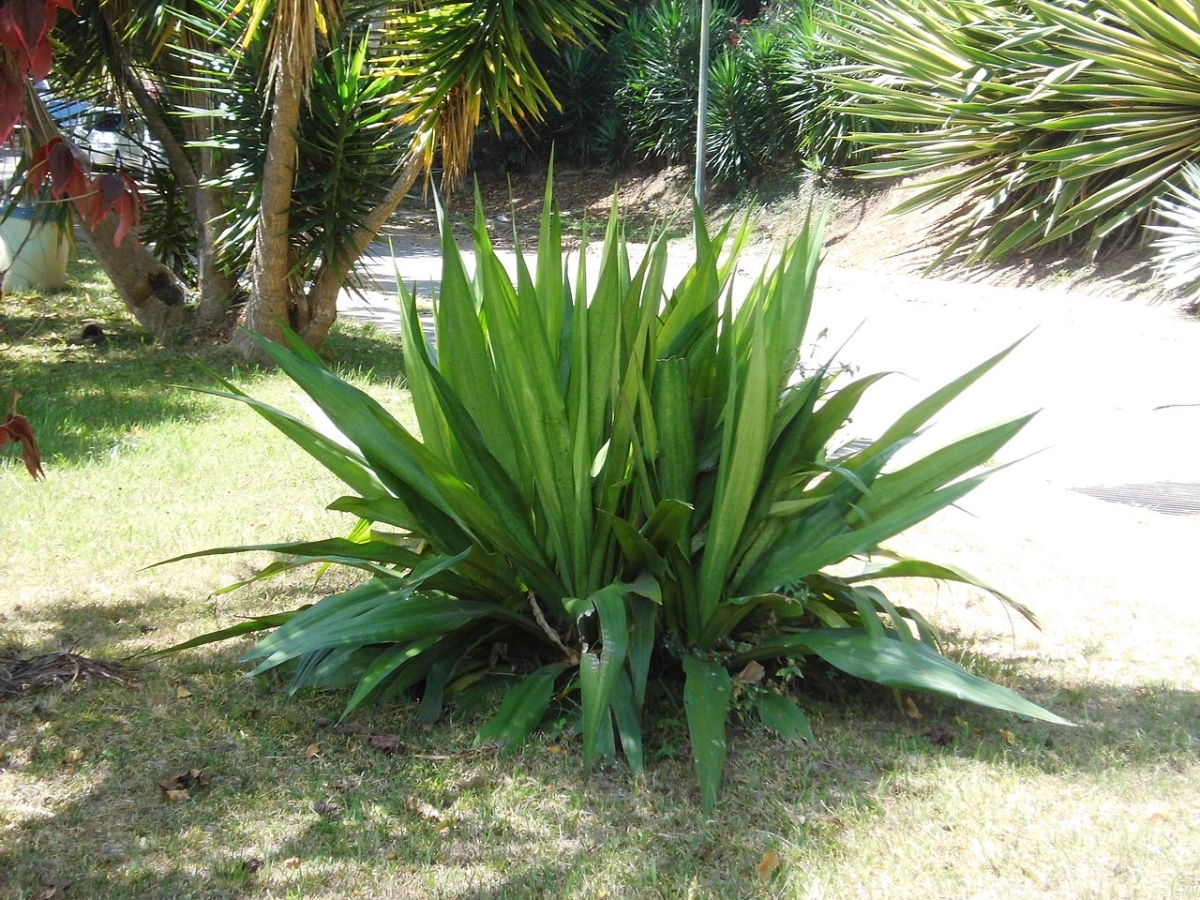
Image - Wikimedia / Veronidae
El Salmiana agave, known as mountain maguey or pulquero maguey, is a type of agave native to Mexico. It has dark green leaves with spiny margins, and measures 40-50 centimeters tall. Its floral stem reaches 2 meters, and yellow flowers sprout from its upper part. Withstands cold, as well as frosts down to -7ºC.
Agave salmiana var ferox (Agave ferox)
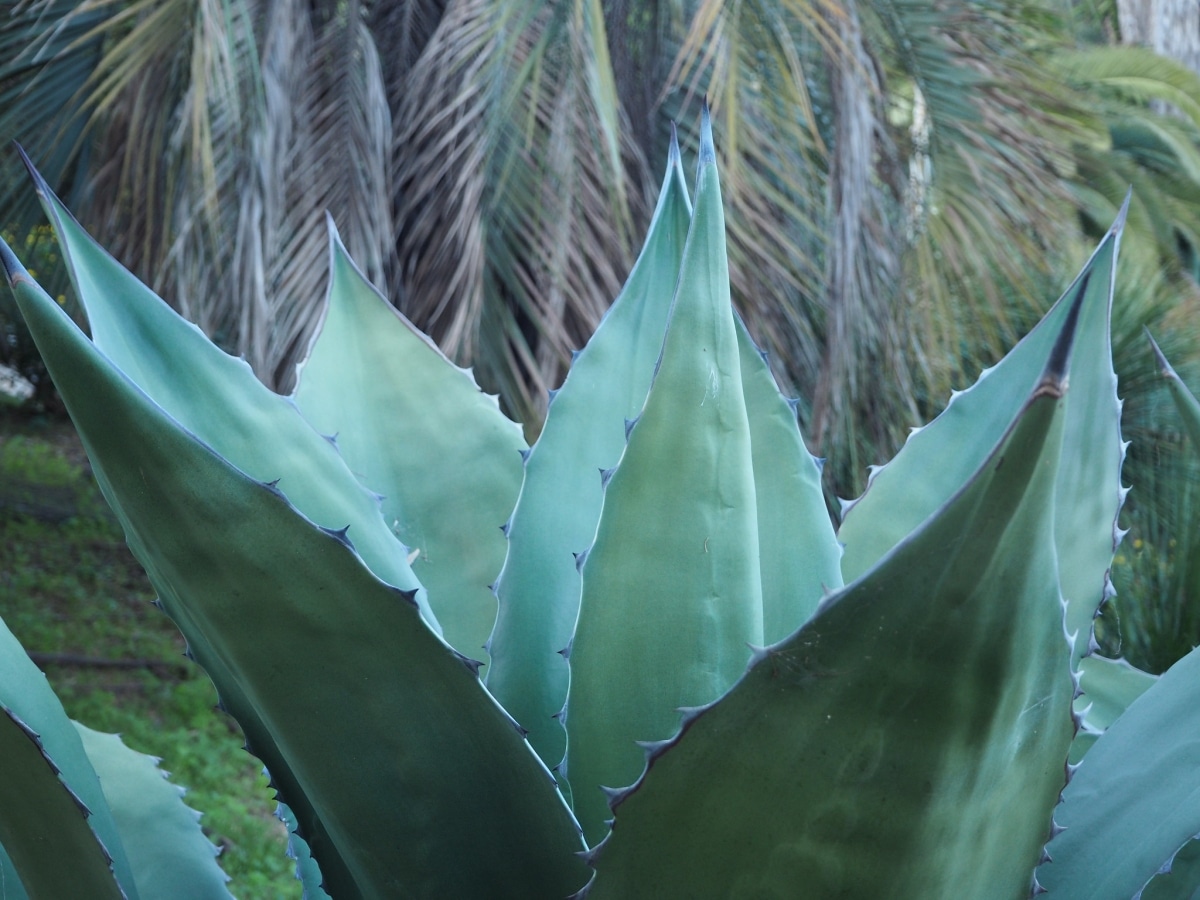
Image - Flickr / Teresa Grau Ros
His scientific name is Agave salmiana var ferox, and differs from the previous one by having thicker leaves, and a longer tip, up to 8 centimeters. But otherwise, it is the same: it reaches the same height, and its flowers are the same color.
agave sisalana (Sisal)
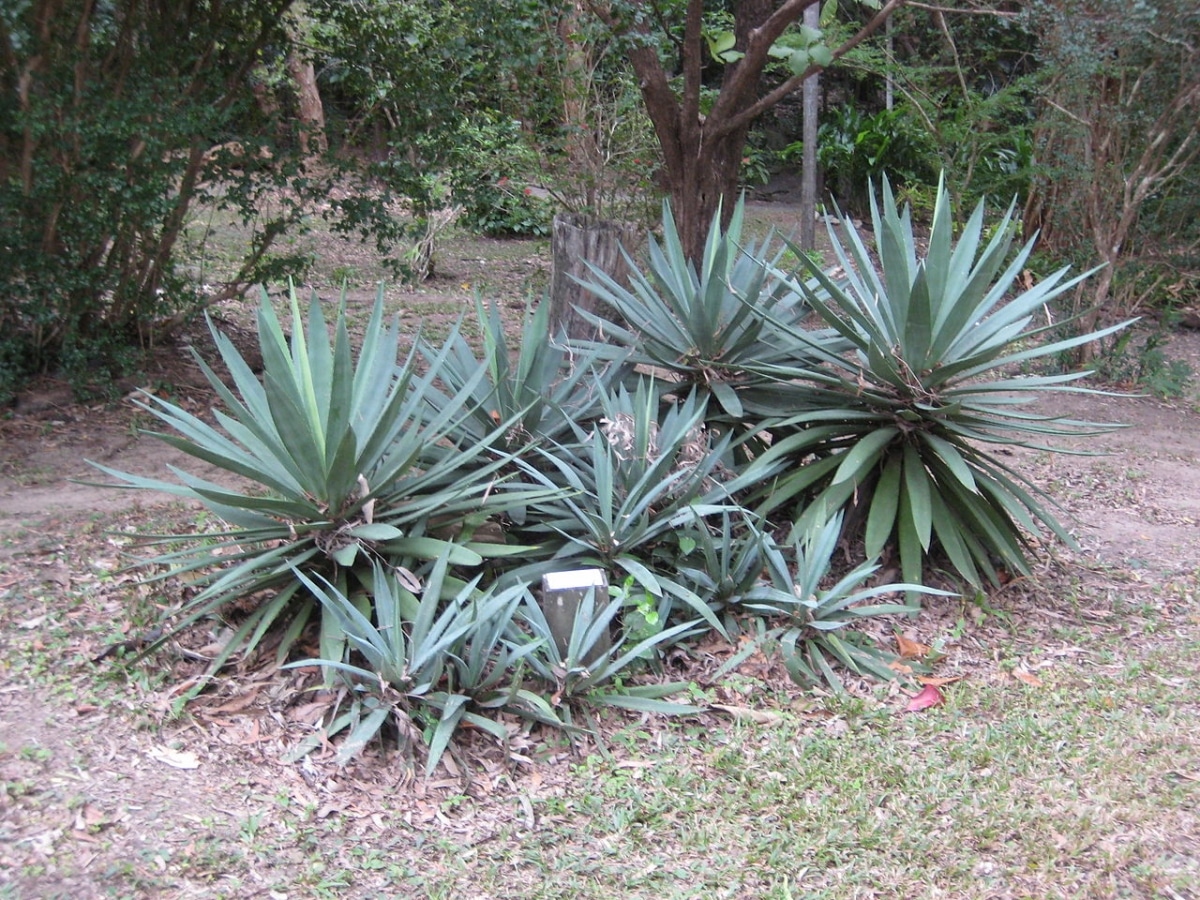
Image - Wikimedia / Lokal_Profil
El agave sisalana, known as sisal, is a plant native to Yucatán, in Mexico. It is one of the few agaves that develops a stem or false trunk, and it measures between 40 centimeters and 1 meter high.. Its leaves are long and narrow, glaucous green when young and greener as the years go by. The flowers arise from a stem up to 6 meters high, and are greenish-yellow. Resists up to -6ºC.
Tequilana agave (Blue agave)
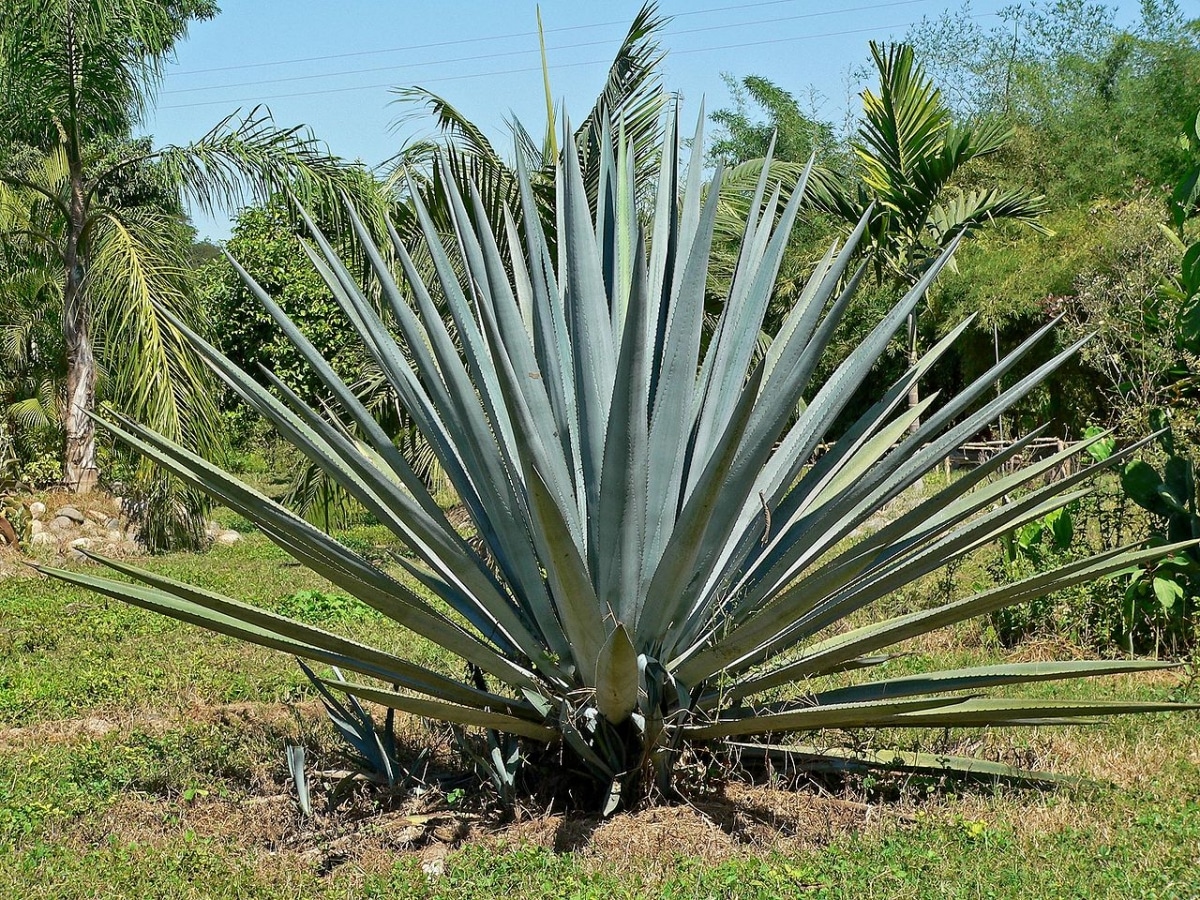
Image - Wikimedia / Stan Shebs
El Tequilana agave: blue agave or tequila, is a variety of maguey native to Mexico. It has long, bluish-green leaves with spiny margins. It can measure up to 60 centimeters in heightBut after 6 to 15 years, it produces a flower rod and then dies. It is sensitive to frost, so it should only be grown in hot climates.
Agave victoriae reginae
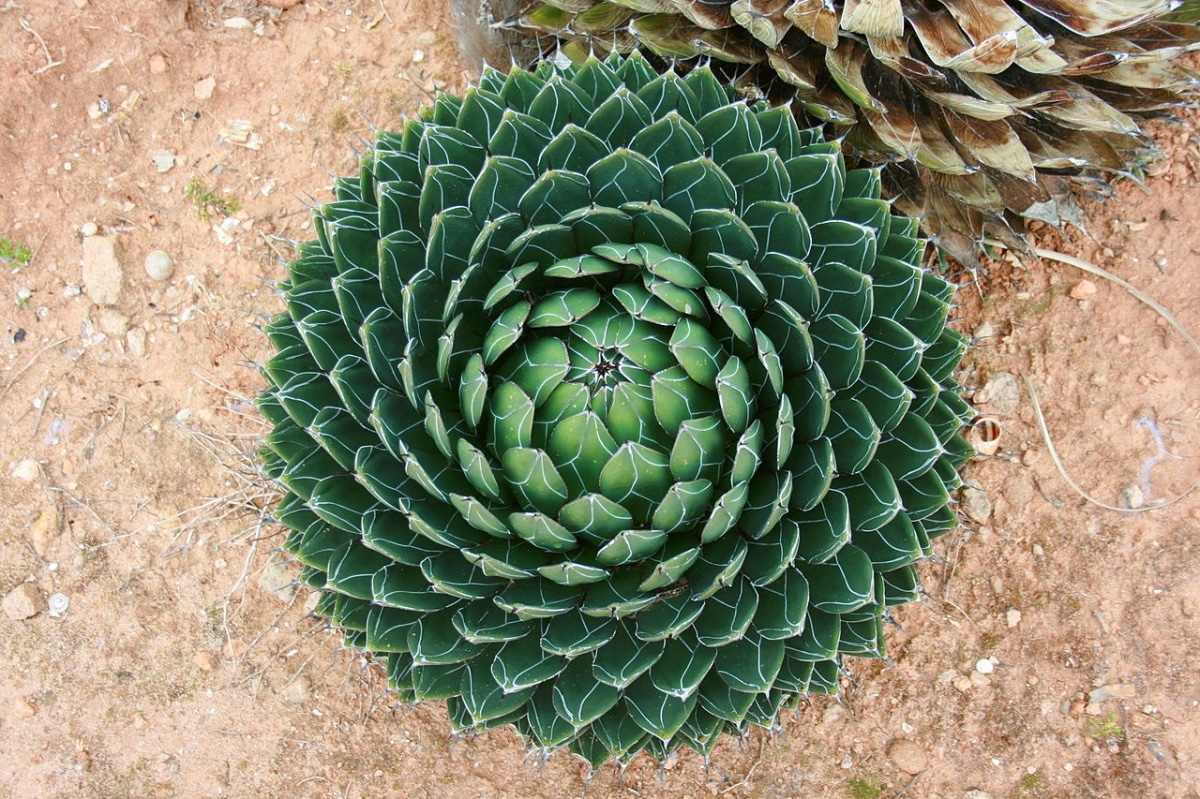
Image - Wikimedia / Mauricio Mercadante
El Agave victoriae-reginae It is an endemic plant of northern Mexico that has fleshy, quite thick, green leaves with white lines. It can measure up to 20 centimeters in height. It is a very beautiful species, but unfortunately it only lives for about 5 years; after blooming, it dies. Now, before that, it produces a flower stalk measuring about 1 meter with many flowers at the top, which will leave numerous seeds. Withstands frosts down to -10ºC.
Which of these types of agaves did you like the most?